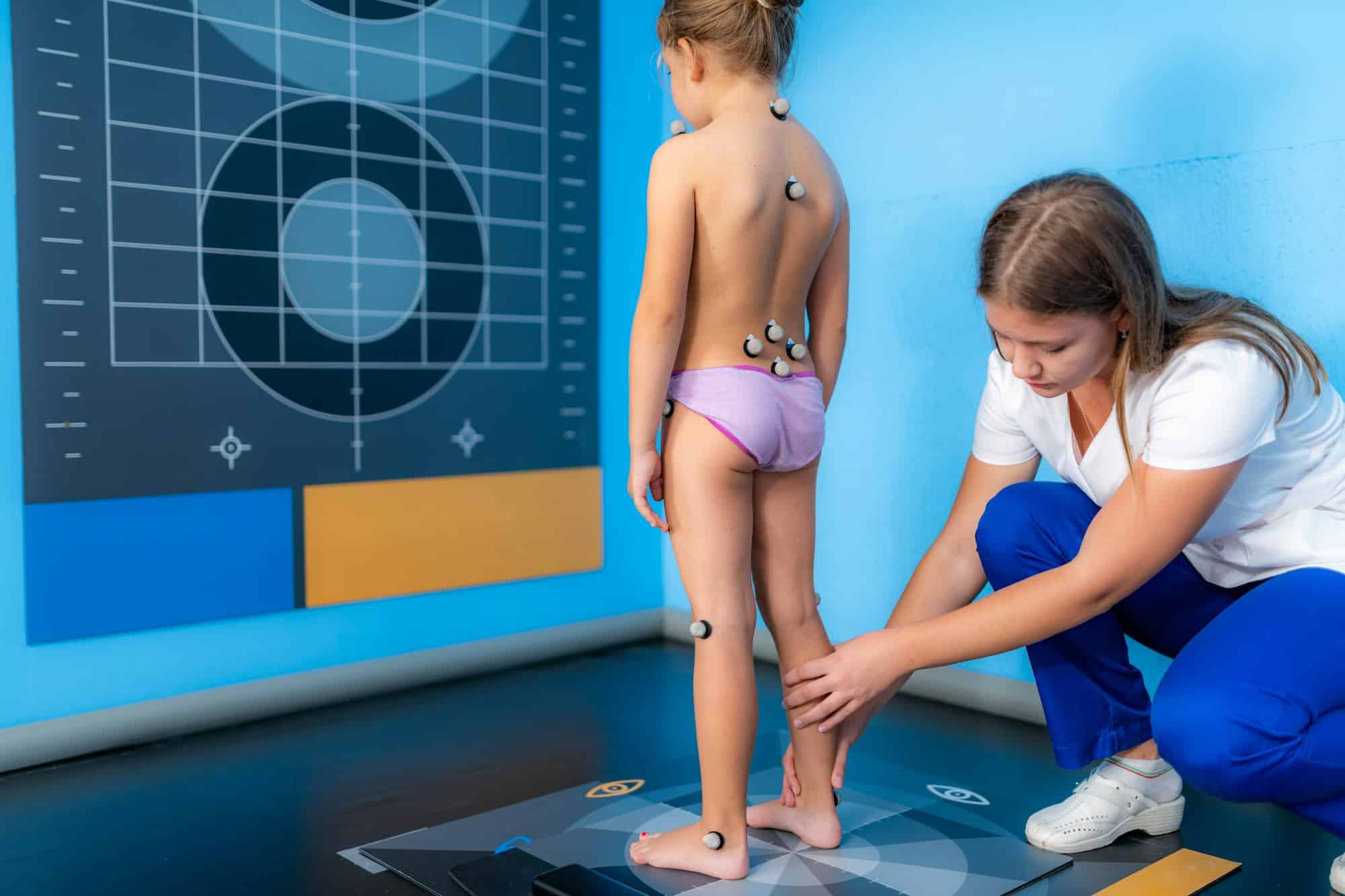Understanding the mechanics of movement can provide invaluable insights into sports performance. In the dynamic sport of badminton, the serve is one of the most crucial aspects of the game. It is the first contact made with the shuttlecock and if performed with optimal power and speed, it can give the server an upper hand in the rally. For players looking to enrich their game, incorporating biomechanics into their serve technique can enhance their overall performance, paving their way to become a scholar of the sport. This article delves into the application of biomechanics in improving serve speed in badminton.
The Fundamentals of Biomechanics in Sports
Biomechanics, in the context of sports, pertains to the study of the human body in motion. It utilizes principles from physics to analyze the cause-effect relationship of movements, forces, and joint actions involved in sports. By understanding the biomechanics behind each stroke, players can optimize their movements to achieve maximum efficiency and decrease the risk of injury.
Sujet a lire : What nutritional strategies optimize energy levels for cricketers during test matches?
In badminton, players need to be able to produce powerful smashes, swift net shots, and speedy serves. Understanding the biomechanical principles behind these shots can significantly enhance a player’s game. Key aspects that affect a serve’s speed include the angle of the knee and ankle during the serve, the force applied on the shuttlecock, and the speed at which the racket makes contact with the shuttlecock.
The Role of the Ankle and Knee in a Serve
A significant part of a powerful and swift serve in badminton lies in the correct use of the lower body. The ankle and knee joints play crucial roles in the force generation during the serve. They act as springs, storing potential energy as they flex during the downward phase of the serve and releasing it as they extend during the upward phase.
Sujet a lire : How can dynamic stretching routines improve flexibility in competitive figure skaters?
When a player bends their knees and lowers their body during the serve, it creates an elastic potential energy. When this energy is released by straightening the body, it translates into a kinetic energy, contributing to the power and speed of the serve. A similar mechanism applies to the ankle joint.
The Biomechanical Principles of Force Generation
Force is a key element contributing to the speed of a serve in badminton. The more force a player applies to the shuttlecock, the faster it travels. This force is generated not just by the arm swinging the racket, but also by the transfer of body weight and the rotation of the upper body.
In the context of serving in badminton, understanding how to generate and apply force can enable players to increase their serve’s speed. This requires a harmonious sequence of movements starting from the lower body to the upper body and finally, to the arm swinging the racket.
The Crossref between Shuttlecock Contact and Serve Speed
Another important aspect of a powerful serve in badminton is the point of contact between the racket and the shuttlecock. The moment of contact is crucial because it determines the direction, height, and speed of the shuttlecock.
When the racket makes contact with the shuttlecock, the force applied at this point is transferred to the shuttlecock, propelling it forward. The speed of the serve highly depends on the accuracy and timing of this contact point. A well-timed and accurate contact can significantly increase the serve’s speed, making it more challenging for the opponent to return the serve.
The Integration of Biomechanics in Badminton Training
Integrating biomechanical principles in badminton training can greatly enhance a player’s serve speed. Coaches and players should focus on technique, strength, and flexibility training that incorporate the biomechanical principles of movement, force, and joint actions.
For instance, players can work on drills that improve their lower body strength and flexibility, particularly in the knees and ankles. They can also work on their upper body rotation and racket swing to generate more force during the serve. Furthermore, training with a focus on the timing and accuracy of the shuttlecock contact can further increase the speed of the serve.
In conclusion, understanding and applying the principles of biomechanics can greatly enhance the speed of a serve in badminton. It enables players to optimize their movements, generate more power, and improve their game.
Understanding the Angular Velocity in a Badminton Serve
One of the essential components to consider when applying biomechanics in a badminton serve is the angular velocity. Angular velocity refers to the rate of change of an angle of a rotating object, in this case, the arm and racket during the serve. According to multiple studies available on platforms like Google Scholar, the angular velocity of the serving arm can have a significant impact on the speed of the serve.
Skilled players can master the art of manipulating their arm’s angular velocity to increase the force of their serve. When the racket contacts the shuttlecock, the angular velocity of the racket dictates the shuttlecock’s initial speed. In simple terms, the faster the racket moves at the moment of contact, the higher the serve speed.
Improving the angular velocity requires a blend of strength, flexibility, and technique. Strength training should target the muscles in the shoulder and forearm, which play a vital role in the arm swing. Flexibility exercises facilitate a larger range of motion, which can increase the speed of the swing. Finally, players should work on their technique to ensure that they are maximizing their arm’s angular velocity throughout the serve.
The Impact of Lower Limb Kinetics on Serve Speed
The lower limb, comprising the hip, knee, and ankle joints, plays a vital role in generating serve speed in badminton. The power for a fast serve does not only originate from the arm swing but also significantly from the lower limb. The hip, knee, and ankle joints work in unison to generate a fast, powerful upward movement, which translates into a speedy serve.
In a study examining the tennis serve, which shares many biomechanical similarities with the badminton serve, peak knee and ankle joint speed occurred during the upward phase of the serve. This indicates that the lower limb’s function is crucial for fast movement during the serve.
Training focused on enhancing lower limb kinetic chain can improve serve speed. Workouts like squats, lunges, and plyometrics can strengthen the lower limb muscles and improve their power generation capability.
Conclusion: The Power of Biomechanics in Badminton
In the fast-paced game of badminton, every millisecond counts, and every bit of power can make a difference. By understanding and applying biomechanics, players can optimize their serve technique to give them that extra edge.
From the angular velocity of the serving arm to the power generated by the lower limb, every aspect of movement contributes to the final outcome – the speed of the serve. By working on their strength, flexibility, and technique, players can harness their body’s full potential and maximize their serve speed.
Mastering the principles of biomechanics can turn an average player into a formidable opponent. As they say in sports sci, a player who understands how their body works can make their body work for them. Be it a forehand smash or a backhand serve, the principles remain the same.
Control your movements, optimize your force, and harness your power. That’s the biomechanical way to a faster serve and a better game.






